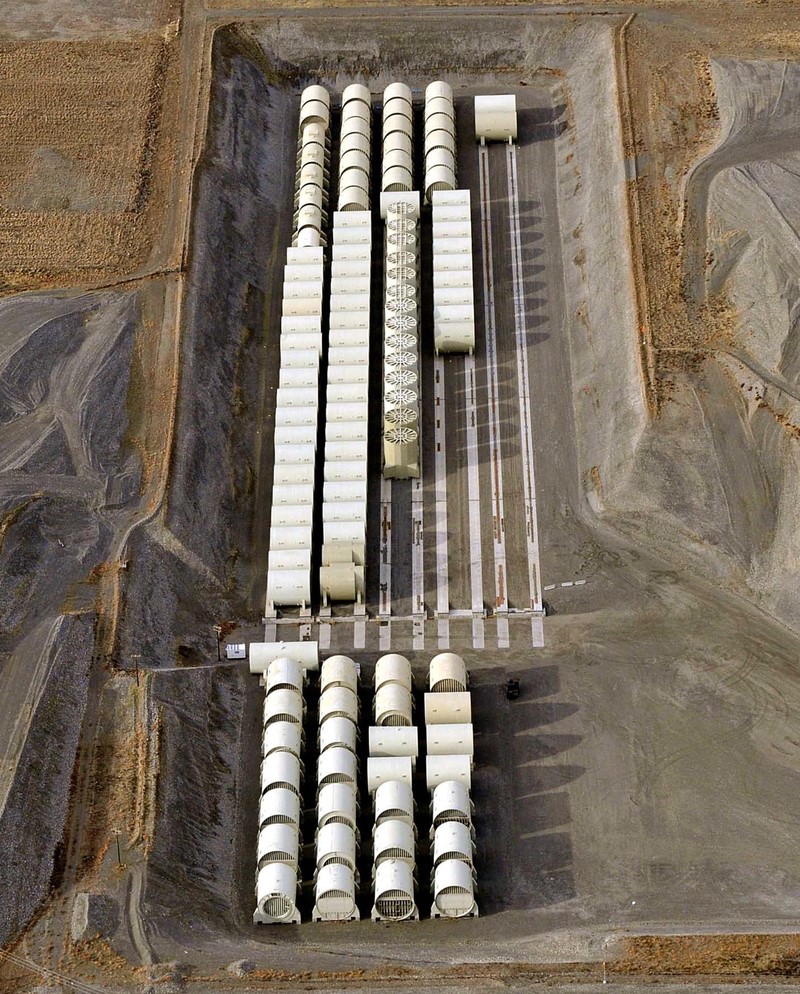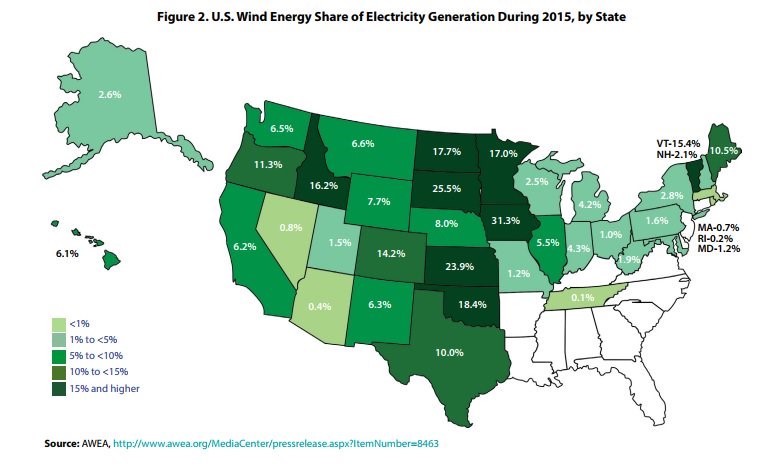
In my Personal Finance class as an undergraduate, our instructor used the term diworsification[1] for large stalwart companies. Diworsification occurs when a company buys another company it knows nothing about and isn’t complimentary to the core business. Utilities got into this in the wild west days of 1990s deregulation, buying telecommunication and even real estate companies. That didn’t end well, and they went back to their core business of the regulated monopoly.
In recent years we have experienced a reverse diversification of our power supply – namely in the reliable, conventional, thermal power plant sector. We still get almost half our electricity from nuclear and coal. Nuclear, coal, and hydro are the most reliable sources of energy we have. Why? Because there is a stash of months’ worth of fuel, and it would take a major act of war to take one out.
Conversely, none of the other sources have energy storage for less than a zillion times the cost of the stored energy in a mountain of coal, fuel rods in a reactor, or Lake Mead. You know, energy storage – that holy grail of stable, reliable supply.
Consequences of Reverse Diversification
Tim Echols, Commissioner with the Georgia Public Service Commission, touches on this subject in his recent Public Utilities Fortnightly article, Why Nuclear Energy is a Matter of National Security.
We always hear and read that China is doing this. China is doing that. They are a model. We should keep up with them. China is expanding their nuclear fleet by 70%. The US is canceling new nuclear plants that are already under construction – not keeping up on this front!
The Ultimate Non-Energy Benefit
The ultimate non-energy benefit is reliability. Another major non-energy benefit to nuclear power is the bad stuff in the form of spent fuel. Radioactive waste is all neatly contained in secure casks and facilities. Has there ever been an accident, release, spill, or leak in any of this? I haven’t heard, if so. Meanwhile, CO2 is not contained at all, and as a coal pile is to a battery, containing and storing radioactive material is to carbon capture and storage.
Another non-energy benefit Commissioner Echols describes is nuclear energy’s contribution to medicine and of course, the Navy. Isotopes are used for imaging (e.g., x-ray and endocrine system diagnoses) and of course, cancer treatment. Stronger daughter products of nuclear fission, like the very strong gamma ray from Cobalt 60, are used for industrial imaging. Industrial radiography is used where consequences of failure are severe, such as in chemical plants, aerospace, and concrete.
Do you suppose the structural integrity of concrete is important? Think about that when you drive over a gorge or park in a ten story parking ramp. They do collapse. They go fast without warning, and the floors collapse like dominos. See this recent one in Dallas.
The Navy, of course, uses advanced nuclear fuel to power a ship for 25-30 years, steaming up to a million miles with one reactor core. Energy storage?
Ok, I’m not claiming all these things will die, and bridges will collapse if we quit nuclear power, but like many things, the spinoffs of technology and the loss of leadership in nuclear power can have far-reaching consequences.
Another Consequence
Commissioner Echols notes the risk associated with disruption to major gas pipelines. He mentions malicious destruction of pipelines using shaped charges, which are used for everything from the military, to mining, to oil and gas exploration. A shaped charge could destroy an underground pipeline resulting in extended outages.
Nothing moves without electricity.
Limits of Renewable Energy
Anything is possible or for sale if you are willing to pay for it. In the case of 100% renewable energy, we will need to pay for it with more than cash. People will have to accommodate a huge buildout of transmission to carry renewable energy long distances to population centers. Major transmission superhighways will be required to move power from regions where the wind blows to where it doesn’t. We will need offshore wind farms where wind is most consistent and reliable. Are we willing to pay for this and look at it? I don’t think so.
Last week I posted on LinkedIn a comment that first place Iowa, and second place South Dakota, lead in wind power because “they are pragmatic, like to build things, and no one there knows how to protest or oppose progress.” The same can be said for Southern Minnesota. Wisconsin? Not so much. The crying towels were out for years in opposition to the Badger Coulee transmission line that will connect Southwest Minnesota wind power to Madison and Chicago. Cheeseheads are masters of opposition and protest. These aren’t the people sitting in Lambeau Field either. What does Wisconsin have for wind energy? Two percent. I rest my case.
[1] This was before Peter Lynch took credit for the term.








Join the discussion One Comment